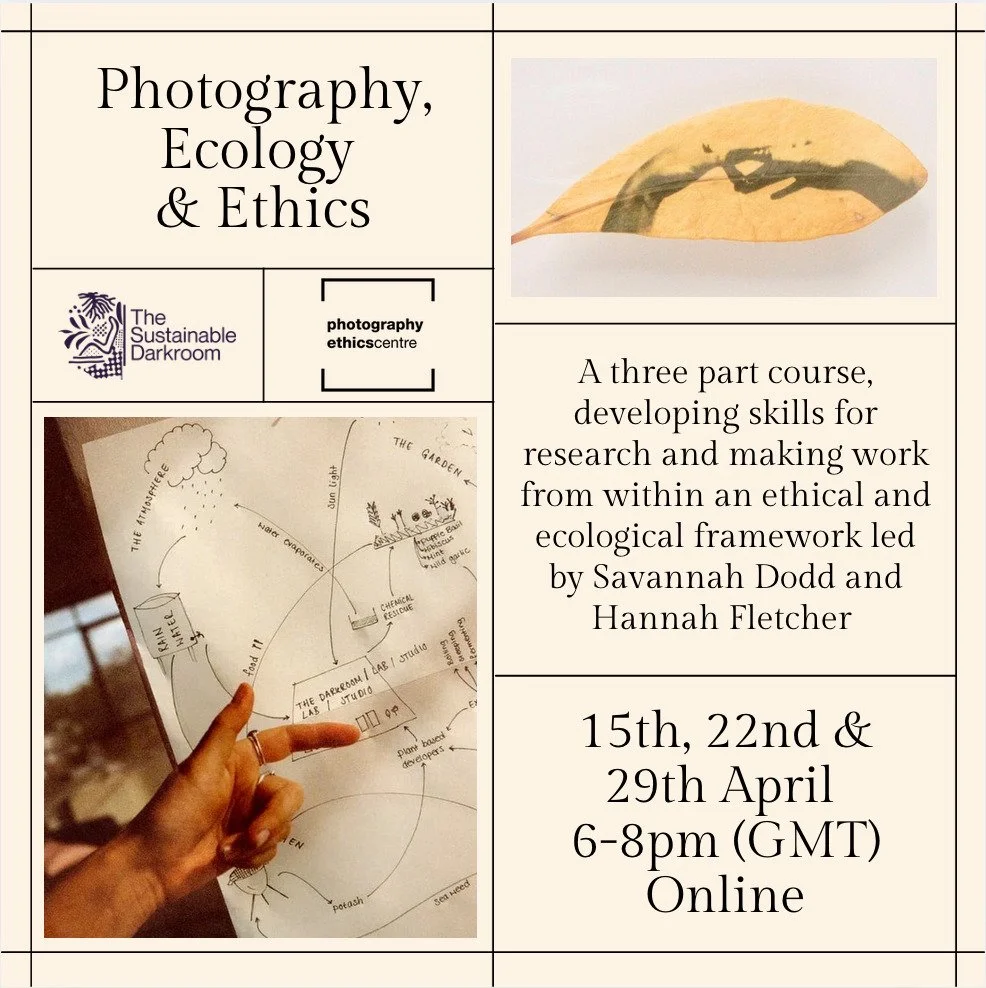Photography Ethics and Why They Matter
Photo: Kate Holt
by Savannah Dodd
In today’s world, 2.3 million photographs are taken every minute. Everyone has a camera in their pocket, and billions of people are using and consuming photography on a regular basis.
Despite the countless benefits that democratisation of photography can bring, we now also live in a world of “fake news”, photo manipulation, and the rampant circulation of images online without consent. How do we engage with this context, both as photographers and consumers?
While we are taught from a young age how to read and write, no one teaches us how to take or understand photographs. We are taught to avoid plagiarism, lies, and libel in our writing, yet we have not been taught how to apply these ideas to images.
As photography converges on every aspect of modern life, we need to better understand how to apply the principles that govern other aspects of our lives to it, and how to work with photography in an ethical way.
What are photography ethics?
Photography ethics are the principles that guide how we take and share photographs. Photography ethics are subjective, contextual, and fluid, meaning that every person’s ethics will be different, because ethics are based on a person’s life experience and values.
Ethics change from one context to another: what might be ethical in New York may not be ethical in Shanghai. Ethics also depend on the type of photography: photojournalism has strict industry regulations about staging and digital editing, but the same rules do not apply to fine art photography, for example.
Even if a photographer’s ethical principles are resolute, the principles may be applied in different ways depending on the circumstances. For example: a photographer can firmly believe in obtaining consent from his or her subjects, but how he or she obtains this consent may be different in London than it is Mongolia.
Although everyone will answer ethical questions in their own way and according to the circumstances, there are some key ethical questions that are useful to consider when we use photography.
These questions relate to concepts like dignity, respect, and responsibility, and to how we apply these concepts to our practice. We might ask ourselves: how do I respect the dignity of the people I am photographing? What is my responsibility to my subjects? Do I have a responsibility to the audience?
Why do photography ethics matter?
If we take pictures that harm our subjects, no one will want to be photographed. If we manipulate our images and deceive our audience, no one will trust us. If we are not ethical in how we use photography, we risk jeopardizing the integrity of the industry as a whole.
On the other hand, ethical approaches to photography can help us to positively impact the world beyond our lens.
Photographs play a large role in shaping how we view the world. When we take and share photographs, we are shaping how others view the world. This is an amazing privilege, and an enormous responsibility.
With the ubiquity of photography in our daily lives, it is easy to forget how powerful images are; but, in the words of writer and curator Marvin Heiferman, “photography changes everything in its path.”
When we take an ethical approach to photography, we increase our awareness of the impact that we are having on the world through the images we produce, and we are better able to focus our impact in a meaningful way.
Article originally published in Arete Stories on 25 April 2018.





